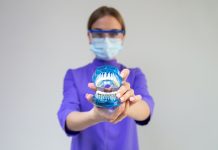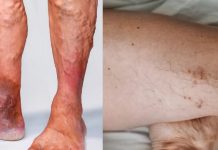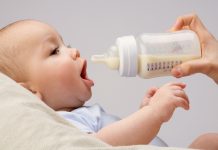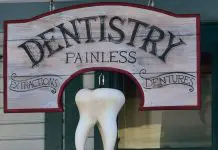Overview, Causes, & Risk Factors
Choking in a conscious child may occur when the upper airway, usually thethroat or windpipe, is blocked by an object or irritation.
What are the causes and risks of the injury?
Choking is usually caused by things that the child has placed in his or hermouth. These include toys, candy, popcorn, nuts, batteries, rocks, and buttons.Things that can wrap around the throat and constrict it, such as string or rope,can also cause choking.
Symptoms & Signs
What are the signs and symptoms of the injury?
Signs of choking in a conscious child include:
If the choking episode is left untreated, unconsciousness or death may follow.
Diagnosis & Tests
How is the injury recognized?
Usually a person will notice that the child is having difficulty breathing.There may be a shocked, anxious look on the child’s face, and the child maybegin to turn blue.
Prevention & Expectations
What can be done to prevent the injury?
Some cases of choking can be avoided by:
Treatment & Monitoring
What are the treatments for the injury?
If choking is suspected in a conscious child:
If the person performing first aid is alone, he or she should shout for helpand begin first aid. If another person is there, he or she shouldcontact the emergency medicalsystem immediately.
Performing the Heimlich maneuver with the child sitting or standing
Performing the Heimlich maneuver with the child lying down
Do not try to remove an object from a conscious child’s mouth. This could pushthe object further into the throat.
If the child becomes unconscious, begin first aid for choking in the unconscious child.
What are the side effects of the treatments?
The Heimlich maneuver can cause vomiting, injuries to internal organs, orbroken ribs. Vomiting can be a problem if the vomited material is caught in theairway and inhaled into the lungs.
What happens after treatment for the injury?
It is important for a child who has choked to obtain medical care from ahealthcare professional. Occasionally, an object will enter the lung insteadof being expelled. This can cause coughing, wheezing, or aspiration pneumonia.
Article type: xmedgeneral












































